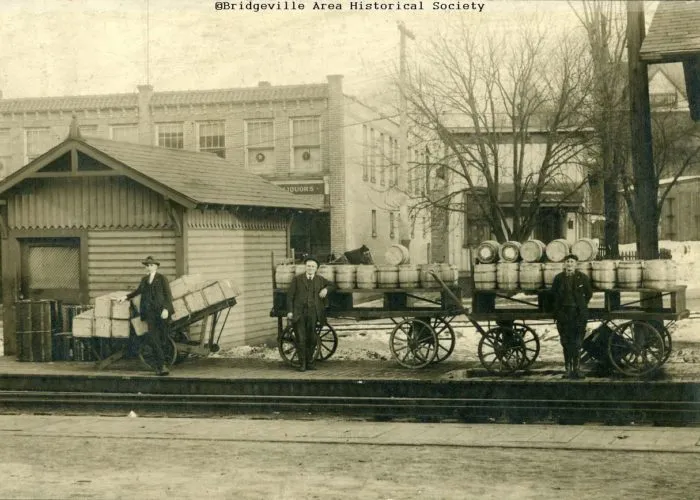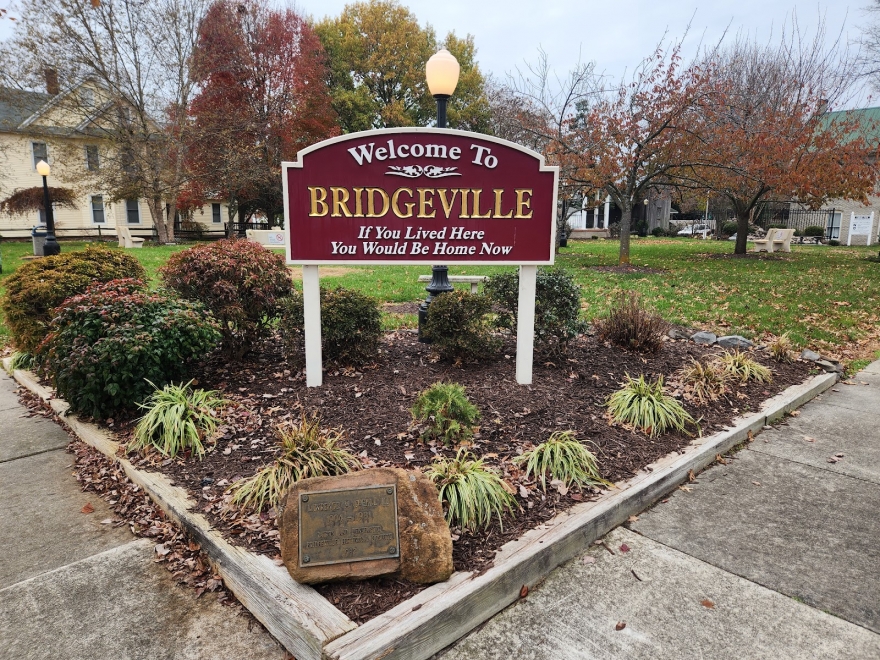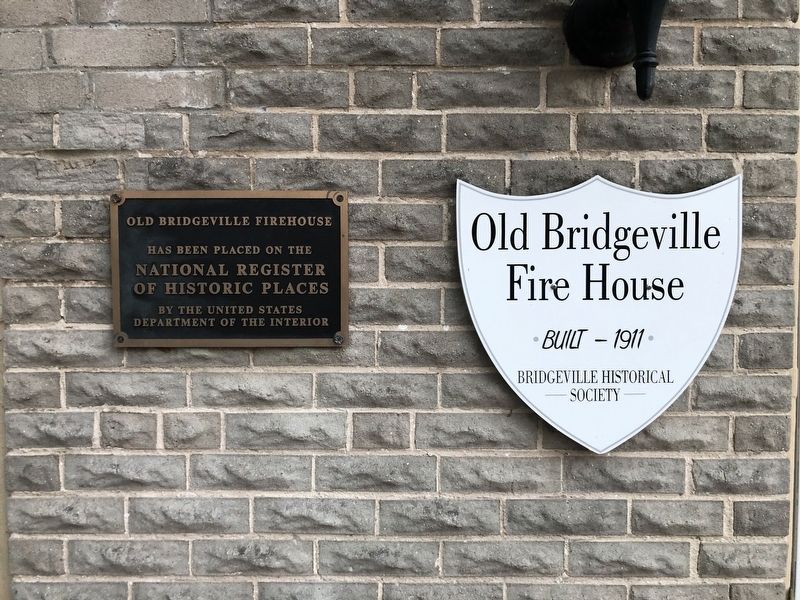In western Sussex County, Bridgeville has a rich history that is thankfully documented and celebrated. By car today, it is about 25 minutes north of Georgetown, or about a 40 minute drive west from Lewes or Rehoboth Beach.

Settled in 1684, Bridgeville was once a Native American village. It evolved slowly as an agricultural area, and grew exponentially in the 1800s, thanks to the advent of the railroad in 1865. Agricultural products that previously were difficult to transport were now railroaded to points north and south, such as Philadelphia or Baltimore.
Impressively, five governors of the state of Delaware were from Bridgeville. Captain John Collins (1821-22), Charles Polk (1827-30), Peter Causey (1855-59), William Cannon (1863-65), and Simeon Pennewell (1909-13). This is further evidence that Bridgeville had political clout, especially in the 1800s. It was a bustling town of commerce for many years.
Bridgeville has its share of renowned artists born and raised there. Jack Lewis (1912 – 2012) was well-known throughout Delaware for his landscapes and artwork depicting life in the First State. Lewis grew up and taught art in Bridgeville for many years, to students of all ages, and his valuable work graces the walls of many homes in Delaware and beyond.

Edward Redfield (1869 – 1965), legendary founder of the New Hope Impressionists movement (Bucks County, PA) grew up in Bridgeville as well. Refield’s landscape paintings, primarily of his home in Bucks County can fetch more than $1 million today.
The Bridgeville Historical Society has preserved much of Bridgeville’s storied past. They operate a museum in the restored firehouse built in 1911. Since their establishment in 1976, they have lobbied tirelessly for historical markers and to qualify for the prestigious National Register of Historic Places. Three buildings met the rigorous standards: Sudler House (c 1730), Old Library Building, once a church (1866), and their home, the former Fire House (1911). There is also a designated Historic District.
Today, Bridgeville remains largely agricultural. Refrigerated trucks replaced the former railroad that went through town. And although busy Route 13 is adjacent to the borough of Bridgeville, it maintains much of its small town charm.
Besides agriculture, Bridgeville is well-known for the Rapa Scrapple plant, which for generations has produced Delaware’s favorite odd culinary fare. (Not many people outside Delmarva or Philly know exactly what scrapple is.)

It is also known for its strawberries and many orchards, especially apples and peaches. Combine scrapple and apples, and you get the wildly popular Apple Scrapple Festival that takes place annually on the second weekend of October. It has been known to draw 35,000 visitors. Not only is there plenty to feast on, but there are one hundred or more vendors and artisans that draw people in.
Vendors and artisans are also plentiful at Bridgeville’s annual Christmas in Bridgeville event on the first Saturday of December. That event also draws large crowds seeking holiday gifts and ideas.
A very large development close by, with 1,300 homes has helped to keep Bridgeville an attractive place to live today.
From its roots as a town with a nostalgic department store, barber shop, drug store with a soda fountain, movie theater and ice cream parlor, to its more modern feel, the Bridgeville Historical Society’s mission is to keep its history alive.
As the Bridgeville Historical Society’s website explains in its slogan, Bridgeville is “Delaware’s Front Porch.”
By Bridget FitzPatrick